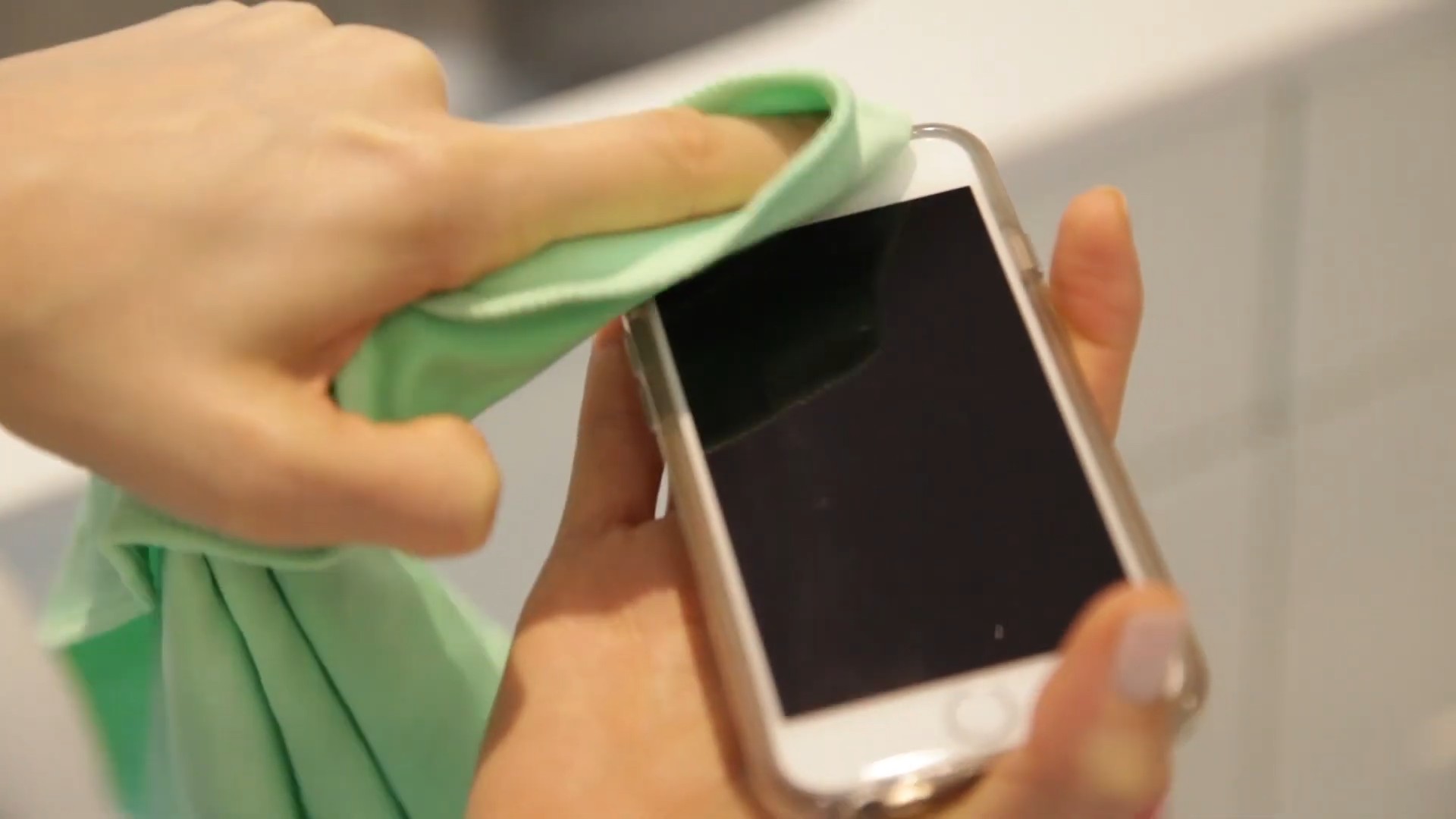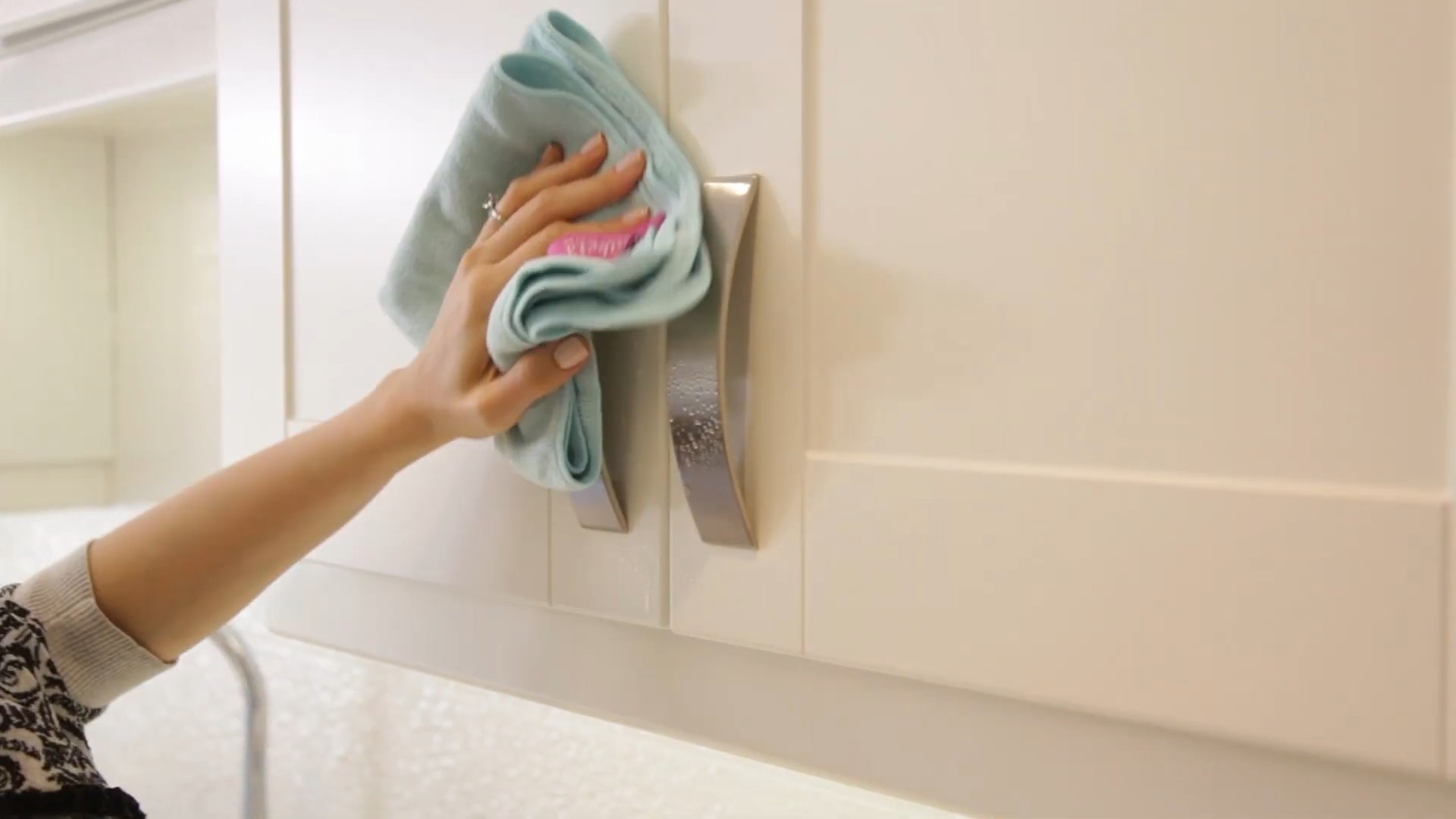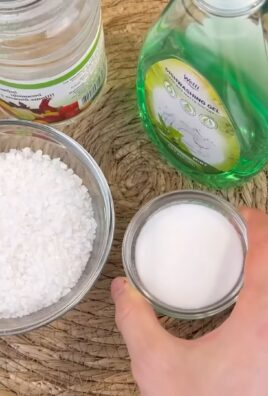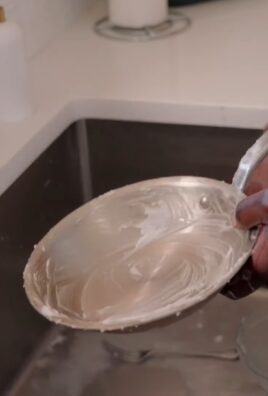Rubbing Alcohol Uses and Hacks: Unlock the surprising potential of this everyday household item and transform your home! Have you ever looked at that bottle of rubbing alcohol and thought, “There has to be more to you than just disinfecting cuts?” Well, you’re absolutely right! For generations, rubbing alcohol has been a staple in medicine cabinets, but its applications extend far beyond first aid.
From ancient civilizations using fermented beverages for antiseptic purposes to the modern-day refinement of isopropyl alcohol, the quest for effective cleaning and disinfecting solutions has been a long and fascinating journey. Today, we’re not just talking about basic hygiene; we’re diving deep into a treasure trove of DIY tricks and hacks that will save you time, money, and maybe even a little bit of sanity.
Let’s face it, life is busy, and we’re all looking for ways to simplify our routines. That’s where these rubbing alcohol uses and hacks come in. Whether you’re battling stubborn stains, trying to revive tired electronics, or seeking a natural cleaning alternative, this article is your ultimate guide. I’m excited to share these simple yet effective solutions that will make your life easier and your home cleaner. Get ready to be amazed by the versatility of this unsung hero of the household!

Unlocking the Magic of Rubbing Alcohol: DIY Hacks You Need to Know
Hey there, fellow DIY enthusiasts! I’m super excited to share some of my favorite rubbing alcohol hacks with you. This unassuming bottle is a powerhouse of potential, far beyond just disinfecting cuts. Get ready to be amazed by the versatility of this everyday item!
Cleaning and Disinfecting Like a Pro
Rubbing alcohol, specifically isopropyl alcohol with a concentration of 70% or higher, is a fantastic disinfectant. It’s my go-to for quick cleanups and keeping germs at bay.
* Why 70%? You might think a higher concentration is better, but 70% isopropyl alcohol is actually more effective at killing bacteria and viruses. The water content helps the alcohol penetrate the cell walls more efficiently.
Cleaning Electronics
I’m always a little nervous about cleaning my electronics, but rubbing alcohol makes it a breeze.
1. Gather your supplies: You’ll need rubbing alcohol (70% or higher), microfiber cloths, cotton swabs, and a can of compressed air (optional).
2. Power down: Always turn off and unplug the device you’re cleaning. Safety first!
3. Dampen, don’t soak: Lightly dampen a microfiber cloth with rubbing alcohol. Never pour alcohol directly onto your device.
4. Wipe gently: Gently wipe down the surfaces of your device, paying attention to areas that get touched frequently, like the screen, keyboard, and mouse.
5. Get into the crevices: Use a cotton swab dampened with rubbing alcohol to clean hard-to-reach areas, like the spaces between keys on your keyboard or the ports on your phone.
6. Dry thoroughly: Allow the alcohol to evaporate completely before turning the device back on. You can use a dry microfiber cloth to speed up the process.
7. Blast away dust: Use compressed air to remove any remaining dust or debris from hard-to-reach areas.
Sanitizing Surfaces
Keeping surfaces clean is more important than ever. Rubbing alcohol is a quick and easy way to sanitize countertops, doorknobs, and other high-touch areas.
1. Grab your supplies: You’ll need rubbing alcohol (70% or higher) and a spray bottle.
2. Fill the bottle: Pour the rubbing alcohol into the spray bottle.
3. Spray and wipe: Spray the surface with rubbing alcohol and let it sit for about 30 seconds.
4. Wipe clean: Wipe the surface clean with a paper towel or microfiber cloth.
Cleaning Makeup Brushes
I’m guilty of not cleaning my makeup brushes as often as I should, but rubbing alcohol makes it so easy!
1. Gather your brushes: Collect all the makeup brushes you want to clean.
2. Pour alcohol into a container: Pour a small amount of rubbing alcohol into a shallow dish or cup.
3. Swirl the brushes: Dip the brush bristles into the alcohol, swirling them around to remove makeup residue.
4. Rinse (optional): If you want, you can rinse the brushes with water after swirling them in the alcohol.
5. Dry the brushes: Lay the brushes flat on a clean towel to dry. Make sure the bristles are facing down so water doesn’t seep into the handle.
Household Hacks That Will Blow Your Mind
Beyond cleaning, rubbing alcohol has some seriously impressive household uses.
Removing Permanent Marker
Uh oh, permanent marker on the table again? Don’t panic! Rubbing alcohol to the rescue.
1. Dab the stain: Dampen a cotton ball or cloth with rubbing alcohol and gently dab the permanent marker stain.
2. Blot, don’t rub: Blot the stain with a clean cloth to lift the ink. Avoid rubbing, as this can spread the stain.
3. Repeat as needed: Repeat the process until the stain is gone.
4. Clean the surface: Once the stain is removed, clean the surface with soap and water to remove any remaining alcohol residue.
Window and Mirror Cleaner
Forget expensive window cleaners! Rubbing alcohol makes a fantastic streak-free cleaner for windows and mirrors.
1. Mix the solution: In a spray bottle, mix equal parts rubbing alcohol and water.
2. Spray and wipe: Spray the solution onto the window or mirror and wipe clean with a microfiber cloth.
3. Enjoy the shine: Admire your sparkling clean windows and mirrors!
Homemade Air Freshener
Create your own custom air freshener with just a few simple ingredients.
1. Gather your supplies: You’ll need rubbing alcohol, essential oils, a spray bottle, and distilled water.
2. Mix the ingredients: In the spray bottle, combine 1/4 cup rubbing alcohol, 10-20 drops of your favorite essential oils, and 3/4 cup distilled water.
3. Shake well: Shake the bottle well to combine the ingredients.
4. Spray and enjoy: Spray the air freshener into the air to freshen up any room.
De-Icing Car Windows
Waking up to a frosty windshield is never fun. Rubbing alcohol can quickly melt away ice and frost.
1. Mix the solution: In a spray bottle, mix 2 parts rubbing alcohol and 1 part water.
2. Spray the windshield: Spray the solution onto the icy windshield.
3. Watch the ice melt: The ice should start to melt away almost immediately.
4. Wipe clean: Wipe the windshield clean with your wipers or a scraper.
Removing Stickers and Labels
Stubborn stickers and labels are no match for rubbing alcohol.
1. Soak the sticker: Saturate the sticker or label with rubbing alcohol.
2. Let it sit: Let the alcohol sit for a few minutes to loosen the adhesive.
3. Peel it off: Gently peel off the sticker or label.
4. Remove residue: If there’s any remaining residue, dampen a cloth with rubbing alcohol and wipe it away.
Shoe Deodorizer
Smelly shoes? Rubbing alcohol can help!
1. Spray the inside: Spray the inside of your shoes with rubbing alcohol.
2. Let them dry: Let the shoes air dry completely. The alcohol will kill bacteria and eliminate odors.
Beauty Hacks You’ll Love
Rubbing alcohol isn’t just for cleaning and household chores; it can also be a valuable addition to your beauty routine.
Treating Acne
Rubbing alcohol can help dry out pimples and reduce inflammation.
1. Cleanse your skin: Wash your face with a gentle cleanser.
2. Apply alcohol: Dip a cotton swab in rubbing alcohol and apply it directly to the pimple.
3. Don’t overdo it: Use sparingly, as rubbing alcohol can be drying.
4. Moisturize: Follow up with a moisturizer to prevent dryness.
DIY Hand Sanitizer
With the right ingredients, you can make your own effective hand sanitizer.
1. Gather your supplies: You’ll need rubbing alcohol (99% isopropyl alcohol), aloe vera gel, and essential oils (optional).
2. Mix the ingredients: In a bowl, combine 2 parts rubbing alcohol with 1 part aloe vera gel.
3. Add essential oils: Add a few drops of your favorite essential oils for fragrance and added antibacterial properties.
4. Mix well: Mix the ingredients thoroughly.
5. Transfer to a bottle: Pour the mixture into a clean, empty bottle.
Cleaning Jewelry
Give your jewelry a sparkling clean with rubbing alcohol.
1. Soak the jewelry: Soak your jewelry in rubbing alcohol for a few minutes.
2. Scrub gently: Use a soft-bristled brush (like an old toothbrush) to gently scrub away any dirt or grime.
3. Rinse and dry: Rinse the jewelry with water and dry it with a soft cloth.
Prevent Ingrown Hairs
After shaving or waxing, rubbing alcohol can help prevent ingrown hairs.
1. Apply after hair removal: After shaving or waxing, apply rubbing alcohol to the area.
2. Repeat for a few days: Repeat this process for a few days to help prevent ingrown hairs.
Important Safety Tips
While rubbing alcohol is incredibly versatile, it’s important to use it safely.
* Keep out of reach of children: Rubbing alcohol is poisonous and should be kept out of reach of children.
* Use in a well-ventilated area: Rubbing alcohol fumes can be irritating, so use it in a well-ventilated area.
* Avoid contact with eyes: If rubbing alcohol gets in your eyes, rinse them immediately with

Conclusion
So, there you have it! We’ve explored a multitude of ways that humble rubbing alcohol can transform your cleaning routine, your beauty regimen, and even your DIY projects. From its powerful disinfecting properties to its surprising ability to remove stubborn stains, rubbing alcohol truly is a versatile powerhouse that deserves a place in every home.
But why is this DIY approach a must-try? Simply put, it’s effective, affordable, and often more environmentally friendly than relying solely on harsh chemical-laden commercial products. You’re taking control of what you use in your home, reducing waste, and saving money – all while achieving fantastic results.
Think about it: instead of buying expensive specialized cleaners for every surface, you can create your own effective solutions with just a bottle of rubbing alcohol and a few readily available ingredients. Instead of tossing out stained clothing, you can attempt to salvage them with a targeted rubbing alcohol treatment. The possibilities are truly endless.
Ready to take your cleaning and DIY game to the next level?
Consider these variations to personalize your rubbing alcohol experience:
* Scented Cleaning Solutions: Add a few drops of your favorite essential oil (like lavender, lemon, or eucalyptus) to your rubbing alcohol cleaning solutions for a refreshing and aromatic boost.
* DIY Hand Sanitizer: Combine rubbing alcohol (at least 70% concentration) with aloe vera gel and a few drops of essential oil for a homemade hand sanitizer that’s both effective and moisturizing.
* Rubbing Alcohol and Vinegar: Combine equal parts rubbing alcohol and white vinegar in a spray bottle for a powerful all-purpose cleaner that tackles grime, grease, and hard water stains.
* Rubbing Alcohol for Electronics: Use a cotton swab dampened with rubbing alcohol to gently clean your phone screen, keyboard, and other electronic devices. Be sure to power off the device first and avoid getting any liquid inside.
* Rubbing Alcohol as a Pre-Paint Cleaner: Before painting any surface, wipe it down with rubbing alcohol to remove any grease, grime, or residue that could prevent the paint from adhering properly.
We’re confident that once you start exploring the many uses of rubbing alcohol, you’ll be amazed by its versatility and effectiveness. It’s a simple, cost-effective solution to a wide range of everyday problems.
Don’t just take our word for it – we encourage you to try these DIY tricks for yourself! Experiment with different applications, discover your own favorite uses, and most importantly, share your experiences with us. Let us know in the comments below which rubbing alcohol hacks worked best for you, any variations you tried, and any tips you have to share with the community. We can’t wait to hear your success stories! Embrace the power of rubbing alcohol and unlock its full potential in your home.
Frequently Asked Questions (FAQs)
What concentration of rubbing alcohol should I use?
The ideal concentration of rubbing alcohol depends on the intended use. For disinfecting purposes, it’s generally recommended to use rubbing alcohol with a concentration of at least 70%. This concentration is effective at killing most bacteria and viruses. Lower concentrations may not be as effective. For cleaning and other non-disinfecting purposes, a lower concentration may be sufficient. Always check the label of your rubbing alcohol to determine its concentration.
Is rubbing alcohol safe to use on all surfaces?
While rubbing alcohol is generally safe for use on many surfaces, it’s always a good idea to test it in an inconspicuous area first, especially on delicate or painted surfaces. Rubbing alcohol can potentially damage certain materials, such as some plastics, varnishes, and painted finishes. Avoid using it on surfaces that are known to be sensitive to alcohol. For electronics, use a very small amount on a cotton swab and avoid getting any liquid inside the device.
Can I use rubbing alcohol to clean my skin?
Yes, rubbing alcohol can be used to clean minor cuts and scrapes. However, it’s important to note that it can be drying to the skin. Avoid using it on large areas of skin or on open wounds, as it can delay healing. If you have sensitive skin, consider diluting the rubbing alcohol with water or using a gentler antiseptic. After cleaning your skin with rubbing alcohol, it’s a good idea to apply a moisturizer to prevent dryness.
How should I store rubbing alcohol?
Rubbing alcohol is flammable and should be stored in a cool, dry place away from heat, sparks, and open flames. Keep it out of reach of children and pets. Store it in its original container or in a tightly sealed container to prevent evaporation. Avoid storing it near other flammable materials.
Can I mix rubbing alcohol with bleach?
No, never mix rubbing alcohol with bleach! This combination can create toxic and dangerous fumes that can cause respiratory irritation, chemical burns, and even death. Always use rubbing alcohol and bleach separately and never mix them together.
What are the safety precautions I should take when using rubbing alcohol?
When using rubbing alcohol, it’s important to take the following safety precautions:
* Work in a well-ventilated area to avoid inhaling the fumes.
* Wear gloves to protect your skin from irritation.
* Avoid contact with your eyes. If rubbing alcohol gets in your eyes, rinse them immediately with plenty of water.
* Keep rubbing alcohol away from heat, sparks, and open flames.
* Do not ingest rubbing alcohol. If swallowed, seek medical attention immediately.
* Keep rubbing alcohol out of reach of children and pets.
Can rubbing alcohol remove permanent marker stains?
Yes, rubbing alcohol can often remove permanent marker stains from various surfaces. Apply rubbing alcohol to the stain using a cotton ball or cloth, and gently blot the area. Repeat as needed until the stain is removed. Be sure to test the rubbing alcohol in an inconspicuous area first to ensure it doesn’t damage the surface.
Is rubbing alcohol effective against bed bugs?
Rubbing alcohol can kill bed bugs on contact, but it’s not a reliable or effective method for eliminating a bed bug infestation. Bed bugs can hide in cracks and crevices, and it’s difficult to reach all of them with rubbing alcohol. For a bed bug infestation, it’s best to consult with a professional pest control service.
Can I use rubbing alcohol to clean my eyeglasses?
Yes, rubbing alcohol can be used to clean eyeglasses. Dilute the rubbing alcohol with water (a 50/50 solution is ideal) and spray it onto the lenses. Wipe the lenses clean with a soft, lint-free cloth. Avoid using rubbing alcohol on eyeglasses with special coatings, as it may damage the coating.
How can I use rubbing alcohol to remove sticky residue?
Rubbing alcohol is excellent for removing sticky residue from labels, tape, and other adhesives. Simply apply rubbing alcohol to the residue, let it sit for a few minutes, and then wipe it away with a cloth. For stubborn residue, you may need to repeat the process or use a slightly abrasive sponge.





Leave a Comment